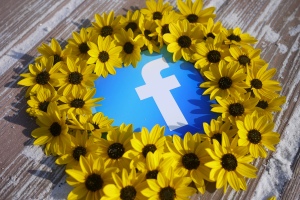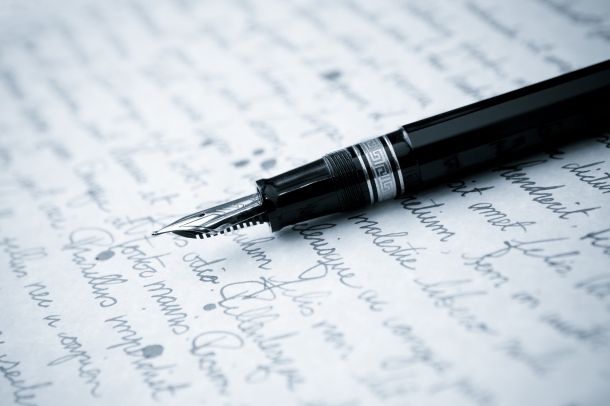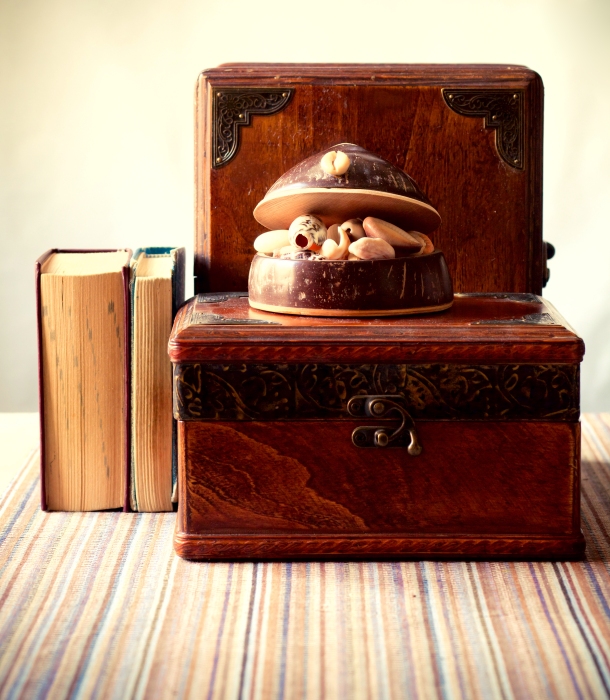Normally, the focus of this blog concentrates on preserving memories stored in digital files and spaces.
This post is a little different however because I’ve been researching suppliers who print images and messages on chocolate and other delectable goodies. A fun way to capture and share memories!
Here are three companies that print photos on confectionery and also deliver internationally.
I love this UK based service which allows you to print images – from Instagram, Facebook or your camera roll – onto marshmallows. Marshmallows arrive in boxes of nine and cost £15, €20 or US$25 per box and come in double vanilla or strawberry flavours. Worldwide delivery is free!
Another service which is very creative. This service offers custom photo bars and chocstagram Instagram bars which are both stunning and delicious, the chocolate being provided by Guittard Chocolate Company.
Cocoagraph is US based and will ship internationally but they recommend that you drop a line to them first to confirm that customs in your country will accept the delivery. According to Cocoagraph once processed, delivery of an order to Australia will take 3-7 days depending on Australian customs. Packages are shipped via DHL International.
M&M’s offers a personalised service that means you can add images and messages to this familiar and hugely popular candy. In one order, you can select up to three colours, one image and four text messages (9 characters max) and the design process is very s traightforward.
traightforward.
For international orders, M&M’s only ships customised candy with images and text and do not accept orders of ‘My Teams’ (NRL sports branded M&M’s) or personalised Packaging for personal use.
International orders take approximately 2 – 3 weeks for processing and shipping and are delivered by Fedex.




 charm.
charm.
